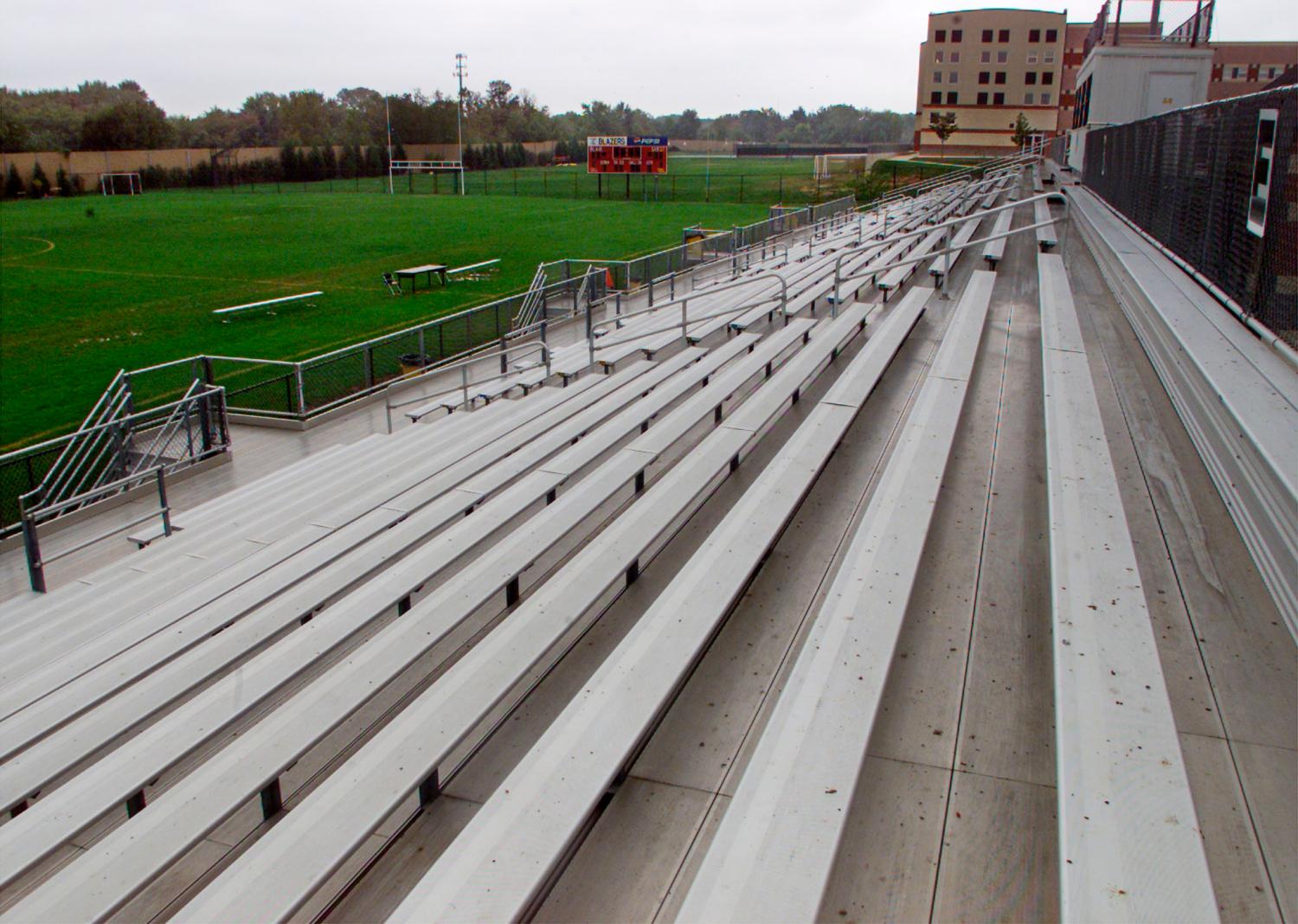Young adults aged 18 to 24 are in a pivotal transition period as they move toward adulthood and financial independence. New analysis of Census data sheds light on how young people in the Washington region fare on the critical measures of educational attainment and employment. The Washington region is defined as the following jurisdictions: Washington, D.C., Montgomery County, Prince George’s County, Alexandria, Arlington County, and Fairfax County (including Falls Church and Fairfax City). Key findings include:
- Post-secondary education beyond high school is crucial to finding a job or increasing earnings. In the Washington region as a whole, 63 percent of people in their early 20s (age 23 and 24) with a high school diploma or less have a job, compared to 74 percent of those with some college or an associate degree and 82 percent of those with a bachelor’s degree. In addition to employment rates, earnings also increase with educational attainment. People in their early 20s with a high school diploma or less have median annual earnings of $23,000, compared to $27,000 for those with some college or an associate degree and $42,000 for those with a bachelor’s degree.
- Stark disparities exist in educational outcomes by race and ethnicity. School enrollment rates among young people aged 18–24 (prime college years) are somewhat lower for blacks and Latinos than the regional average, but the educational attainment rates among 23- and 24-year-olds vary more sharply by race and ethnicity. Sixteen percent of Latinos in the region have earned a bachelor’s degree by their early 20s, compared to 26 percent of blacks, 64 percent of Asians, and 73 percent of whites. These educational findings clearly show that school enrollment does not equal completion.
- The disparities continue in the employment realm. Whites have the highest employment rates and earnings: 83 percent of whites in their early 20s have a job, with median annual earnings of $40,000. Latinos have the second highest employment rates (79 percent), but the lowest median annual earnings ($24,000), probably reflecting the large share with a high school diploma or less. Asians have the lowest employment rates, probably related to their high rates of school enrollment, but have fairly high annual earnings at $38,000 (Although some people attend school and work at the same time, the employment rate is lower among students than among those not enrolled in school). Blacks have higher employment rates than Asians (66 percent), but lower annual earnings ($29,000).
- Nearly 5 percent of young people aged 18–24 in the region are “disconnected youth,” defined as young people neither working nor in school, with less than an associate degree, and who are low income (with income below 200 percent of the federal poverty line). These young people include a mix of races and ethnicities: Six percent are white, 70 percent are black, and 19 percent are Latino. There is also a mix of educational levels. Forty-nine percent earned a high school diploma, 32 percent have less than a high school diploma, and 18 percent have graduated from high school and taken some college courses. Nearly one quarter is foreign born, and there is a 50-50 balance between men and women.
Of course, these regional averages mask substantial differences at the jurisdictional level. For example, the share of foreign born among disconnected youth in Fairfax and Montgomery counties (63 percent and 38 percent, respectively), is much higher than the share in the District of Columbia (7 percent). Additionally, the disconnected youth population accounts for varying shares of the total youth population, from about 2 percent in Montgomery and Fairfax counties up to 8.6 percent in the District.
One of the starkest examples of variation by race and ethnicity occurs in the District, where whites in their early 20s are nearly three times as likely as blacks to have a bachelor’s degree. This statistic also reflects the District’s status as a magnet for highly educated people of all races; the share of young people in the District with a bachelor’s degree is higher for every race/ethnicity than the national average.
Despite the disparities, the data also reflect that the region overall has a fairly prosperous economy. Inclusive of all races/ethnicities and educational levels, young people in the region in their early 20s have a higher employment rate (75 percent) and median annual earnings ($34,000) than in the nation as a whole, with an employment rate of 69 percent and median annual earnings of $25,000.
Please explore the data further with the downloads showing data for the U.S. and six jurisdictions in the Washington region: the District of Columbia, Prince George’s County, Montgomery County, Arlington County, Alexandria, and Fairfax County.
The Brookings Metropolitan Policy Program gratefully acknowledges the Morris and Gwendolyn Cafritz Foundation for its support of this research.
The Brookings Institution is committed to quality, independence, and impact.
We are supported by a diverse array of funders. In line with our values and policies, each Brookings publication represents the sole views of its author(s).



